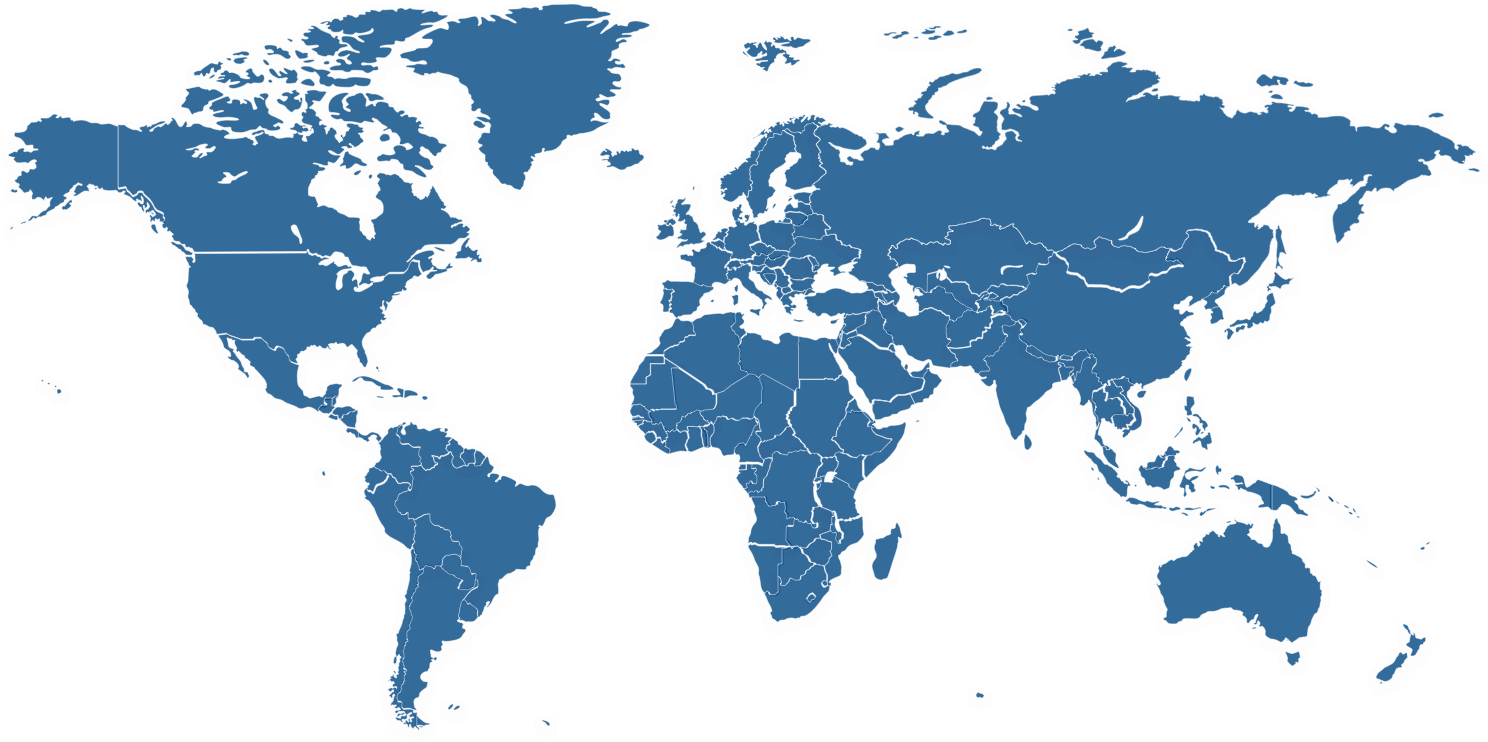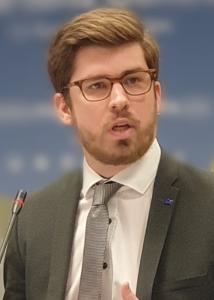Background
The Gaza crisis since October 2023 and the related attacks by the Houthi group in Yemen did remind the world of the vulnerability of maritime waterways in the Middle East. The Houthi attacks have troubled shipping at the Strait of Bab Al-Mandeb which links the Red Sea and the Gulf of Aden. As for petroleum traffic, many tankers carrying crude or liquid petroleum gas (LPG) were attacked there since January 2024 but not a single carrier of liquefied natural gas (LNG).
Tankers and ship diversions have steeply reduced the traffic through both Bab Al-Mandeb and Egypt’s Suez Canal on the other side of the Red Sea. Bab Al-Mandeb is of great importance to shipping and a key trade chokepoint between the Gulf and Asia but especially Europe. Some 12 % of seaborne oil and petroleum products and around 8 % global LNG passed through Bab Al-Mandeb in 2023[1]. Since late 2023, transit through the Red Sea are about 15 % lower on average with a much more pronounced decline for LNG carriers[2].
Reluctance of large LNG exporters such as Qatar and Russia to transit the Red Sea emphasizes the growing risks there. Since early 2024, Qatar has suspended the shipment of its LNG tankers through Bab Al-Mandeb (and consequently the Suez Canal). Both maritime chokepoints had been previously used by several LNG suppliers, and deliveries into both Europe and Asia have consequently been badly impacted.
In addition to Bab Al-Mandeb, two other main maritime channels on major shipping lanes in the Middle East — the Suez Canal and the Strait of Hormuz — and their geographical constraints have resulted in shipping concentration. With respect to oil and gas shipments from the Middle East (especially to Europe and beyond), Suez Canal linking the Red Sea and the Mediterranean has been playing a central role although it was twice lengthily closed throughout its history (1956-57 and 1967-75). Petroleum volumes transiting the Suez Canal are almost similar to those passing through Bab Al-Mandeb.
The Strait of Hormuz is the world’s most important petroleum chokepoint when considering the significance of the maritime oil and gas supply from the Middle East through this channel. A daily average of around 20 million barrels of oil (about 30% of the global oil and refined products trade) transited the Strait in 2023[3] when some 25% of the world’s LNG and around 26% of LNG imported by the EU[4] flowed through Hormuz.
The free flow of oil and gas through Hormuz is regarded as of vital interest not only to the West but to almost every country in the world. Closing Hormuz would be catastrophic for the regional and global oil and gas markets and could well open the door for a global war. The closure of the strait or its blockade never happened, but the threat has been always there.
In order to secure export outlets other than on the Gulf and its “door”, oil producers in the region have built many large export pipelines terminating on the coasts of the Gulf of Oman[5], the Red Sea[6] and the Mediterranean[7], reducing dependency upon Hormuz (and the Suez Canal) and serving chiefly the markets “west of the Suez”.
However, the international oil pipelines built in the Middle East terminating on the Mediterranean and Red Sea coasts have suffered from long periods of closure due to many political and economic reasons. In fact, every international oil pipeline in the region was shut down at least once, while most of these pipelines remain closed until the present time[8]. From a Middle Eastern experience, it becomes clear that the vulnerability of an international pipeline is proportionate to the number of borders that it crosses[9].
With North Africa, Europe has been linked by three large gas pipelines from Algeria to Italy and Spain and one from Libya to Italy. The originally-designed operations in one of the Algerian lines (to Spain via Morocco) have been suspended since October 2021 when the line intermittently started flowing gas from Spain to Morocco. Pumping through the Libyan pipe has been sporadic since the fall of 2011 reflecting the domestic chaos in the country.
Policy Recommendations
1. With security problems facing water channels in the Middle East, and the (remote) possibility for these main chokepoints to be temporarily closed, large global petroleum customers, especially in Europe, partly dependent on oil and gas from the region, are well advised to start working, in coordination with oil producing countries there, on ways to activate the currently closed oil pipelines linking these nations with the Mediterranean coasts. This would provide more secure options for oil trade between the Middle East and Europe, especially in case of serious crises in the region.
For those currently operating oil pipelines, and for those pumping gas from North Africa to Europe, the relevant officials in the Old Continent are well recommended to work, together with the operators of those lines to expand their capacities. Financial incentives from the European side could well facilitate such undertakings.
2. Furthermore, it is worth reconsidering and putting again on the table the project of building a large gas pipeline from Qatar to Europe, either through the Iraqi spine to Turkey and beyond, or via Saudi Arabia to a terminal on the Egyptian Mediterranean coasts. This grand scheme was many times under discussion but without any concrete follow-up steps.
3. In addition, it is highly advisable for the European gas consuming countries to increase the capacity of their gas storage which currently provides 25-30% of gas consumed during winter[10]. The strategic gas storage in Europe, in particular the Underground Gas Storage (UGS), is instrumental to the security of supply as it provides an additional reserve in case of supply disruptions (or strong demand)[11]. Sharing gas storage capacities could well be useful, but it is crucially important to build and maintain storage facilities within each individual country.
4. Moreover, and in order to secure relevant offtakes of gas output resulted from new developments in the East Mediterranean (Israel and Cyprus in particular) and the Gulf (especially Qatar, Abu Dhabi and Oman), European entities (international oil companies IOCs, investment funds, private petroleum firms, etc.) shall be encouraged to acquire equity shares in the ongoing and planned gas and LNG schemes there.
5. Such opportunities could well be opened for European involvement in the various low-carbon hydrogen projects around the Mediterranean (Algeria, Egypt and Morocco) and the Gulf (Oman, Qatar and the UAE). In fact, the Middle East has been identified as a 'high-potential' region for the development of hydrogen production, including blue and green hydrogen as well as green ammonia.
6. Investing in hydrogen production in North African and Gulf countries is one way for them to meet the energy transition requirements for reducing carbon dioxide emissions and strategies and policies on the survival of those petroleum producing nations and on the needs of their growing populations and expanding economies should be emphasized and carefully treated, while keeping in mind that petroleum still provides 80 to 90%[12] of the public revenues in many of these countries. Therefore, any quick and overhasty shift from fossil fuels in this region could well lead to extremely severe economic conditions and serious political problems with grave repercussions on the neighbouring regions, especially Europe.
Maybe the best way to foster economic development in the context of energy transition and decarbonization in North Africa and the Middle East is to put and implement relevant strategies for economic diversification. But while many countries in the region are embarking on such strategies, much more are needed. In this context, Europe is invited to assist these nations’ public and private sectors in their efforts to set up new non-petroleum manufacturing industries (especially those consumed and needed in the region itself such as cars and other vehicles, home appliances, computers, and Artificial Intelligence (AI) related industries), and to establish new (or to strengthen the existing) economic sectors (such as healthcare, education, and fishing).
[1] “Red Sea Attacks Increase Shipping Times & Freight Rates”, US Energy Information Administration (EIA), 1 February 2024 (https://www.energy.gov/sites/default/files/2024-02/047.%20EIA%2C%20Red%20Sea%20attacks%20increase%20shipping%20times%20and%20freight%20rates.pdf).
[2] “Tanker Diversions Rise with Red Sea Tensions, but Most Oil & Gas Shippers still Transit the Red Sea”, Vortexa, 5 January 2024 (https://www.vortexa.com/insights/freight/tanker-diversions-rise-with-red-sea-tensions/).
[3] “Why Oil and Gas Markets are Dreading the Risk of Supply Disruption in the Strait of Hormuz”, CNBC, 8 October 2024 (https://www.cnbc.com/2024/10/08/strait-of-hormuz-what-supply-disruption-could-mean-for-oil-markets.html).
[4] Author’s calculations
[5] Such as the Abu Dhabi Oil Pipeline from Habshan to Fujairah in the United Arab Emirates (UAE).
[6] Such as the Saudi Petroline from the Kingdom’s Eastern Province to Yanbu.
[7] Including the Iraqi pipelines through Turkey, Syria, and Lebanon, and the Saudi Trans-Arabian Pipeline (TAP Line), as well as the Egypt-controlled Suez-Mediterranean (Sumed) pipeline and the Eilat-Ashkelon pipeline in Israel.
[8] “Security of Petroleum Pipelines in the Middle East”, Naji Abi-Aad, the Pipeline Technology Journal (PTJ), 2/2023 (https://www.pipeline-journal.net/articles/security-petroleum-pipelines-middle-east).
[9] “Petroleum Pipeline Security in the Middle East”, Naji Abi-Aad, American University of Beirut (AUB), December 2021 (https://www.aub.edu.lb/ifi/Pages/publications/Analysis/2020-2021/petroleum-pipeline-security-in-the-middle-east-analysis.aspx).
[10] “Gas storage”, Energy Commission, May 2022 (https://energy.ec.europa.eu/topics/energy-security/gas-storage_en).
[11] “Questions and Answers on the new EU rules on gas storage”, European Commission, May 2022 (https://ec.europa.eu/commission/presscorner/detail/en/qanda_22_1937).
[12] OPEC Annual Statistical Review, various issues.
About this series
“European Union Climate and Energy” is a section with a series of reports and other publications designed to provide insight into the EU’s ambitions in the field of climate and energy policy development. Each publication in this series focuses on the EU’s global engagement in a clean transition or on how partner countries’ climate and energy ambitions relate to the EU. This series aims to provide a comprehensive understanding of the EU’s engagement strategies in the field of sustainable energy cooperation, climate change adaptation and mitigation as well as its partnership policies in the field of climate and energy.
Dr. Olaf Wientzek

Director of the Multinational Development Policy Dialogue Brussels
Jonas Nitschke

Programme Manager Democracy and Sustainable Development
Nicole Linsenbold

Programme Manager Development and Climate Policy



